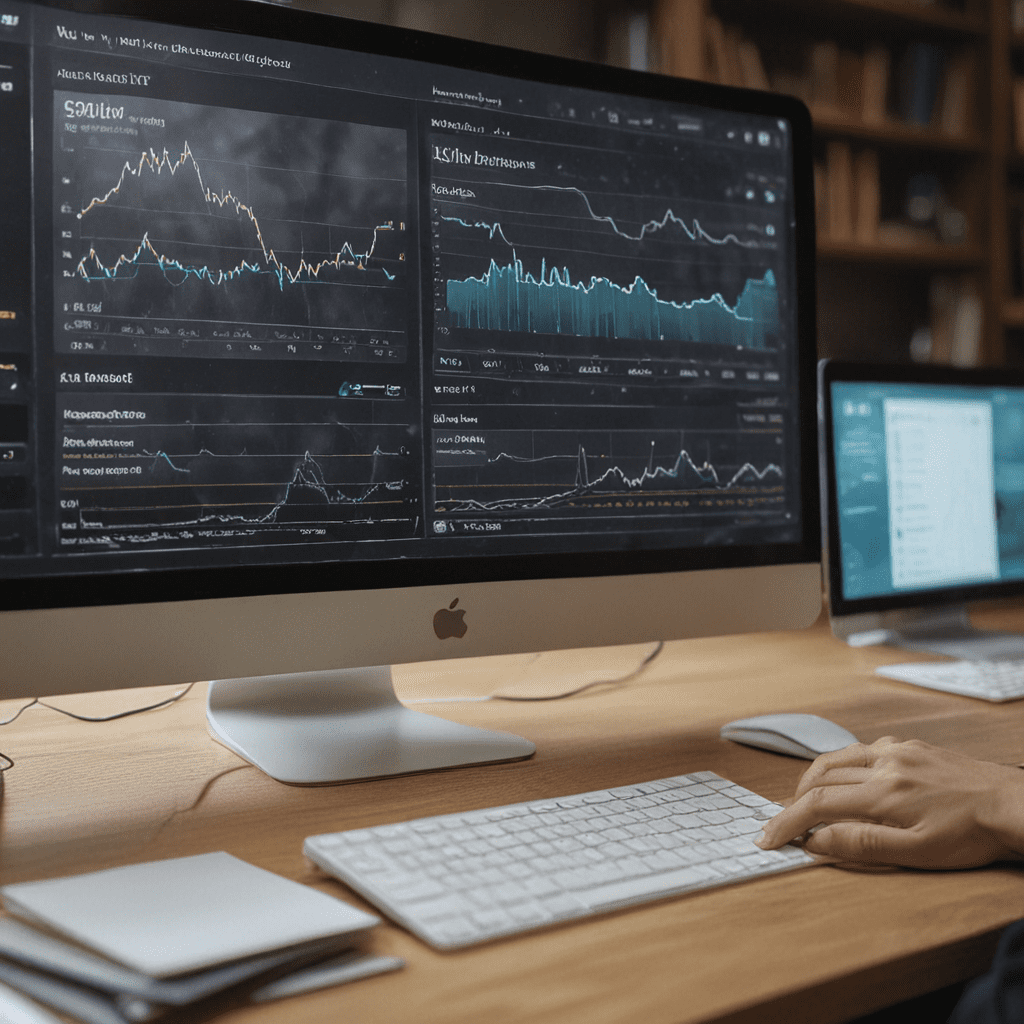SaaS for Procurement Optimization: Streamlining Supply Chains
1. Introduction: The Challenges of Supply Chain Management
In today's globally interconnected business landscape, supply chain management (SCM) has become a critical factor for organizations. The complexities of managing multiple suppliers, optimizing inventory levels, and ensuring efficient logistics can present significant challenges. Traditional methods of SCM have often been fragmented and inefficient, leading to missed opportunities for cost savings, reduced visibility, and supply chain disruptions.
2. The Rise of Procurement Optimization SaaS
In response to these challenges, Software-as-a-Service (SaaS) solutions for procurement optimization have emerged as a game-changer for businesses. SaaS platforms leverage cloud-based technologies to deliver comprehensive solutions that streamline and enhance the procurement process. The adoption of SaaS for procurement optimization has gained momentum as organizations recognize the transformative benefits it offers.
3. Benefits of SaaS for Procurement:
Enhanced Visibility and Control
SaaS solutions provide a centralized platform that integrates data from multiple sources, giving organizations a comprehensive view of their procurement activities. This enhanced visibility enables better decision-making and allows procurement teams to identify areas for optimization.
Streamlined Purchasing Processes
SaaS platforms automate many manual and time-consuming procurement tasks, such as supplier onboarding, purchase order processing, and invoice management. Automation streamlines the procurement process, reducing errors and improving efficiency.
Cost Reductions
By optimizing procurement processes, SaaS solutions help organizations identify cost-saving opportunities, negotiate better supplier contracts, and reduce inventory waste. The centralized platform enables data-driven decision-making, leading to significant cost reductions.
4. Key Features of Procurement Optimization SaaS
SaaS platforms for procurement optimization offer a range of key features that enhance the efficiency and effectiveness of the procurement process:
Automated Data Collection and Analytics: SaaS solutions automate the collection of data from various sources, including internal systems, supplier portals, and external market data. This data is analyzed to provide insights into spending patterns, supplier performance, and market trends, enabling organizations to make informed decisions.
Supplier Management: SaaS platforms offer robust supplier management capabilities that streamline the process of identifying, onboarding, and evaluating suppliers. They provide a centralized repository for supplier data, including performance metrics, contracts, and certifications, allowing procurement teams to manage supplier relationships effectively.
Inventory Optimization: SaaS solutions provide advanced inventory optimization capabilities that help organizations maintain optimal inventory levels. By analyzing demand patterns, lead times, and safety stock requirements, these solutions generate recommendations for inventory replenishment, reducing carrying costs and avoiding stockouts.
5. Choosing the Right Procurement Optimization SaaS
Selecting the right procurement optimization SaaS solution is crucial for maximizing its benefits. Here are key considerations when evaluating and choosing a SaaS platform:
Evaluating Features and Functionality: Assess the specific features and functionality offered by different SaaS solutions. Consider your organization's unique procurement challenges and identify solutions that align with your requirements.
Considering Implementation Costs: Factor in the costs associated with implementation, including training, customization, and ongoing maintenance. Ensure that the selected solution provides a cost-effective return on investment.
Ensuring Integration with Existing Systems: Choose a SaaS solution that integrates seamlessly with your existing ERP, CRM, and other supply chain systems. This integration ensures data consistency and minimizes disruption during implementation.
6. Integration with Supply Chain Systems
SaaS procurement optimization solutions integrate with various supply chain systems to enhance their functionality:
Enterprise Resource Planning (ERP): SaaS platforms integrate with ERP systems to streamline the flow of procurement data. This integration enables real-time visibility into inventory levels, purchase orders, and supplier contracts, improving collaboration between procurement and other departments.
Supplier Relationship Management (SRM): SaaS solutions integrate with SRM systems to enhance supplier management. They provide a central repository for supplier data, contracts, and performance metrics, facilitating collaboration and improving supplier relationships.
7. Case Study: Realizing Procurement Optimization with SaaS
[Company Name], a leading manufacturer, implemented a SaaS procurement optimization solution to address inefficiencies in its procurement process. The solution automated data collection, streamlined supplier management, and optimized inventory levels. As a result, [Company Name] achieved significant cost savings, reduced lead times, and improved supplier relationships.
8. Best Practices for Successful Implementation
To ensure a successful implementation of procurement optimization SaaS, follow these best practices:
User Adoption and Training: Provide comprehensive training and support to ensure user adoption and maximize the solution's benefits.
Data Management and Reporting: Establish clear data governance policies and ensure data accuracy and consistency. Generate regular reports to track progress and identify areas for further improvement.
Continuous Monitoring and Improvement: Regularly review the performance of the SaaS solution and identify opportunities for optimization. Monitor key performance indicators (KPIs) to measure the solution's impact and make data-driven adjustments.
9. Future Trends in Procurement Optimization SaaS
Procurement optimization SaaS is continuously evolving, with emerging trends shaping the future of the industry:
Artificial Intelligence and Machine Learning: AI and machine learning are transforming procurement optimization SaaS by providing capabilities such as predictive analytics, supplier risk assessment, and automated contract negotiation.
Cloud-Based Solutions: SaaS procurement optimization solutions are increasingly being delivered as cloud-based services. This provides organizations with greater flexibility, scalability, and access to the latest innovations.
10. Conclusion: The Value of SaaS for Transforming Procurement
SaaS for procurement optimization has become an indispensable tool for organizations seeking to transform their procurement processes. By leveraging cloud-based technologies, SaaS solutions deliver enhanced visibility, streamline purchasing processes, and drive cost reductions. Organizations that embrace SaaS procurement optimization solutions can gain a competitive advantage by optimizing their supply chains and achieving operational excellence.
FAQ
What are the benefits of using SaaS for procurement optimization?
- Enhanced visibility and control
- Streamlined purchasing processes
- Cost reductions
What are key features to look for in a procurement optimization SaaS solution?
- Automated data collection and analytics
- Supplier management
- Inventory optimization
How to choose the right procurement optimization SaaS solution?
- Evaluate features and functionality
- Consider implementation costs
- Ensure integration with existing systems
What best practices should be followed for successful implementation of procurement optimization SaaS?
- User adoption and training
- Data management and reporting
- Continuous monitoring and improvement

